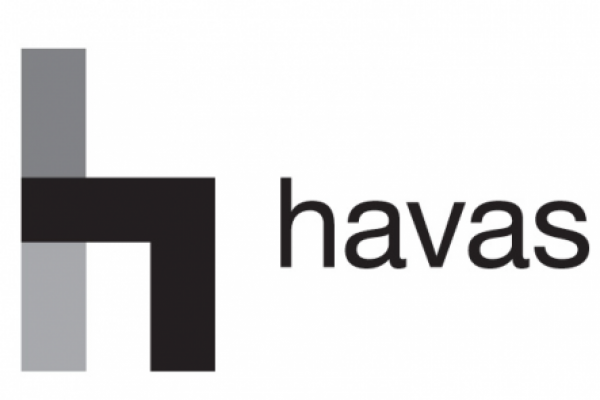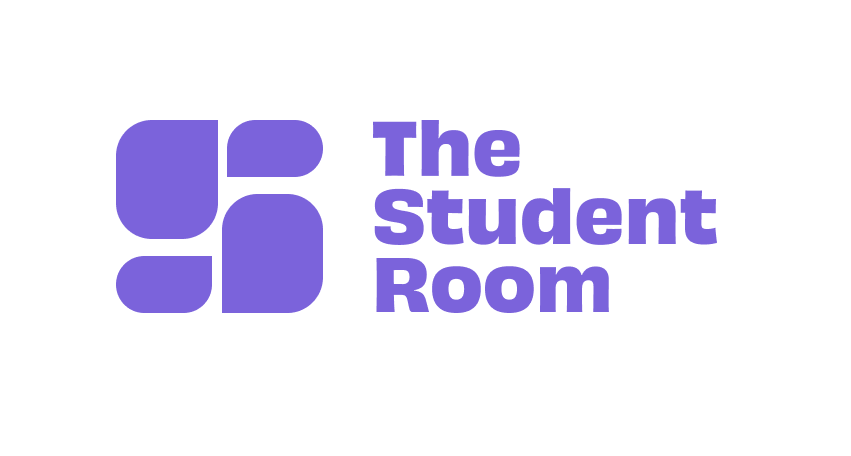By the team at Havas Education. 
Do universities think enough about what their future customers need? Recent studies suggest they don’t; students feel unprepared when they join university and not satisfied with the product when they leave. What to do? This is a massive topic, so we will address one part of the challenge: the art of selling a university.
STUDENTS ARE UNPREPARED FOR UNIVERSITY LIFE
First of all, what’s the issue? A few pieces of research have come out this year that say students felt unprepared for university and aren’t getting value for money.
The Higher Education Policy Institute conducted the first major survey of its kind; “Reality Check: A report on university applicants’ attitudes and perceptions.” with Unite Students. It found that many students felt unprepared and ill-informed about what to expect at university.
- 60% of university applicants expect to spend more time in lectures than they do in schools, but this only happens to 19% of students
- 47% of applicants feel unprepared for living with people they have not met before
- Only 43% are confident about paying a bill and only 41% feel they understand student finances
The Higher Education Policy Unit and the Higher Education Academy’s annual “Student Academic Experience Survey” tracked the views of 14,000 students. Its findings were worrying:
- Satisfaction levels of value for money has fallen for a fifth year in a row
- Students saying their university was poor or very poor value has nearly doubled since 2012
- Only 14% of students said they were satisfied with their lives
The Student Room (TSR) have also done some research on this matter:
- A quarter of students don’t feel confident that they have the practical skills to look after themselves when they leave home (25%)
- The ability to manage personal finances is the thing that worries students the most (27%)
- Over half of students don’t feel they had adequate support at school to help the transition to university
Universities are now in the unavoidable business of treating their students as consumers. So these findings are concerning for them. Increased degree choice, uncertainty caused by the sheer cost of the university experience and the introduction of the Apprenticeship Levy….these all point towards increased competition.
What’s the answer? How a university sells their product is a big a one. And that’s content marketing.
CONTENT MARKETING
This video sums it up very well…
If you push product more than you help the very people you want to turn into your customers, you will risk losing out. Our very own Meaningful Brands research showed that meaningfulness in brand marketing can increase “share of wallet” by 9 times.
The consumer marketing world is realising the challenge. Marriott Hotels are a great example of this; they understand their business goes far beyond selling hotel rooms. They’re about telling great stories, helping people and ensuring an amazing travel experience. Ad Age recently did a piece on their content marketing efforts.
“We have to shift to not talking about ourselves, but what does that consumer want?” – David Bebe with Ad Age.
If content marketing is big business for the likes of Marriott then it’s certainly relevant to selling an education. For many people, especially teenagers, going to university is a major decision not to be taken lightly.
The great news is that universities are in a position to help. Behind their products sit a wealth of knowledge and experiences that can educate, inspire and entertain their potential customers.
There’s great potential in bringing the editorial thinking behind content marketing front and centre of recruitment campaigning. Think about what your audience really needs…but don’t think that means a course at your university, just yet! Use your students and staff to provide advice, put people’s concerns to rest and make them confident university is the right choice for them.
The term native advertising is banded about so much that it can lose its meaning. Seamlessly fit into the news feed of the people you want to engage is what native really means. It doesn’t interrupt: the person you want to engage doesn’t even think of it as an ad.
Universities need to embrace content marketing to go beyond promoting courses, cities and employability. The course is the product but marketers should be brave about not pushing it too much.
But is content marketing still perceived as just a theory? A little bit. So we took a look with TSR.
Lots of universities produce content from students on life at the university (e.g. student blogs and vlogs and tips for deciding on a university and a course and accommodation and finances). But it’s not used enough in the ad campaigns that are too often focused on the product.
CONTENT MARKETING IN ACTION
We thought The University of East Anglia (UEA) was a great example of quality content marketing that resonates with their audience.
UEA teamed up with TSR for a content hub partnership sharing helpful advice on university life. The articles hosted on The Student Room cover a range of extra-curricular themes identified by the TSR Community and their expert SEO team as popular areas of discussion. UEA also added value through student case studies, advice from lecturers and the UEA Student Union to create a bank of informative and engaging content, including articles, quizzes and videos. One student commented on the contents’ usefulness:
“I like reading the experiences people are having at uni, all the information is really useful as I’m currently choosing universities to apply to.”
Through their content partnership, UEA were able to:
- Increase brand awareness amongst year 13’s; they found an 18% uplift in students who ‘know a lot about UEA’.
- Reinforce their status as a top 20 University; 14% increase in students who know UEA is a top 20 University
- Transform perceptions of Norwich as a study destination; 80% increase in students who would ‘definitely consider’ applying to UEA
Now it’s over to you. Who’s doing content marketing well? What do you do? We’d love to know. A new era of marketing is being forced upon Higher Education, so it’s time to embrace content marketing for the sake of your customers, your brand and your bottom line.
Want to find out more about content marketing? Read the full UEA case study.

